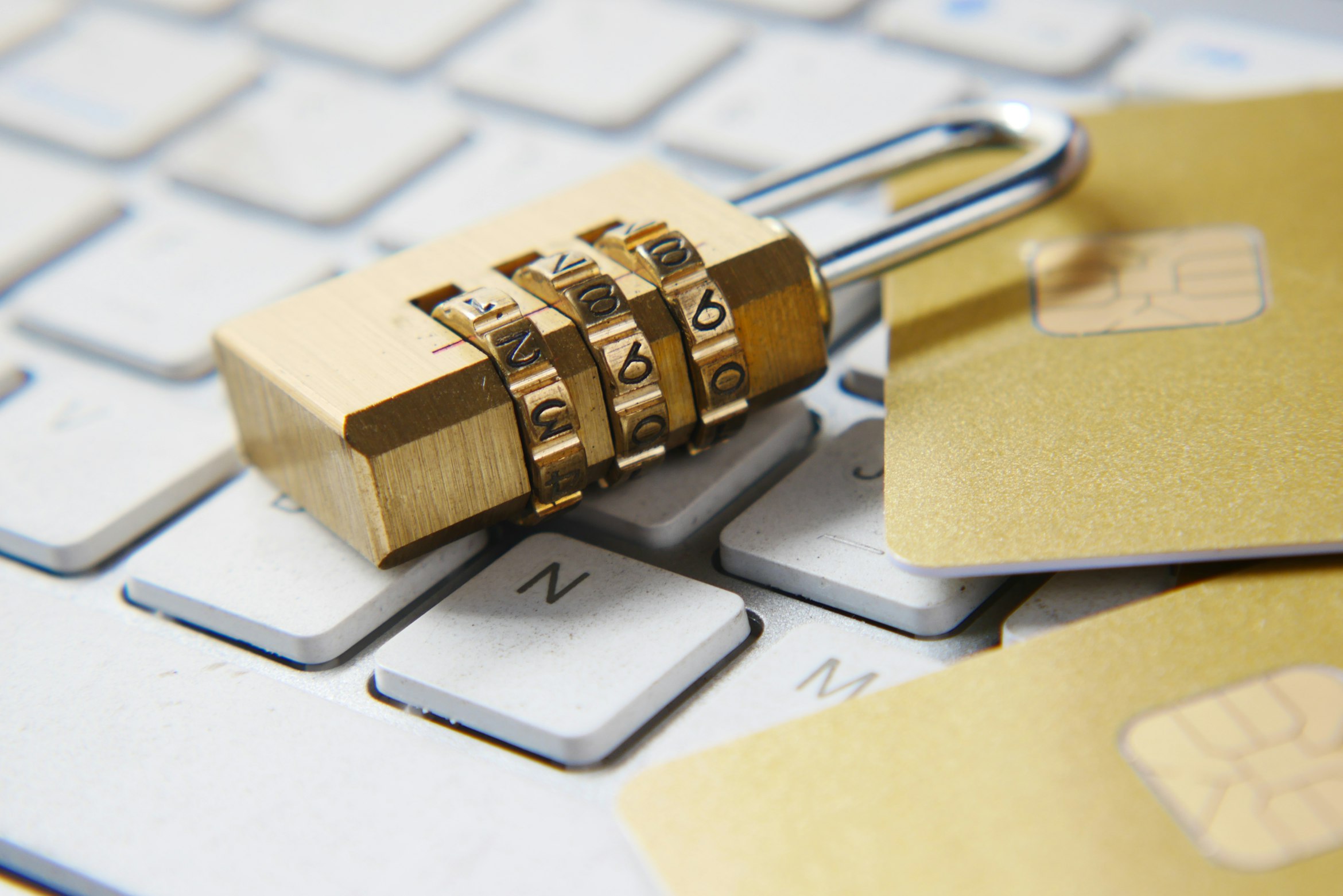· Security · 4 min read
Understanding Two-Factor Authentication (2FA) Your Key to Enhanced Security
But what exactly is 2FA, and why should it be an integral part of your cybersecurity strategy? In this comprehensive guide, we’ll explore the mechanics, benefits, and critical importance of implementing Two-Factor Authentication.

In a world where cyber threats are escalating and digital identities are prime targets, safeguarding your sensitive data has become more crucial than ever. Two-Factor Authentication (2FA) is emerging as a standard defense mechanism, adding an extra layer of security to the conventional username and password system. But what exactly is 2FA, and why should it be an integral part of your cybersecurity strategy? In this comprehensive guide, we’ll explore the mechanics, benefits, and critical importance of implementing Two-Factor Authentication.
What is Two-Factor Authentication (2FA)?
Two-Factor Authentication (2FA) is a security process in which users provide two different authentication factors to verify themselves. This method is designed to create an additional layer of security, making it harder for potential intruders to gain access to devices or online accounts because knowing the victim’s password alone is not enough to pass the authentication check.
Typically, 2FA involves the combination of something you know (like a password), something you have (like a smartphone app generating secure tokens or a hardware token), or something you are (like biometric features including fingerprints or facial recognition).
How Does Two-Factor Authentication Work?
Here’s a common scenario: you enter your username and password on a website. But instead of gaining immediate access, you are then required to provide another piece of information. This could be a code sent to your phone via SMS, a prompt through an authentication app, or a fingerprint scan. Only after providing this second factor are you granted access.
Common Types of 2FA include
- SMS and Email Verification: A code sent to your phone or email.
- Authentication Apps: Apps like Google Authenticator or Authy that generate time-sensitive codes.
- Hardware Tokens: Physical devices that generate a code at the push of a button.
- Biometric IDs: Fingerprint, facial recognition, or retina scans that ensure the person trying to access the account is indeed its owner.
The Importance of Two-Factor Authentication
1. Enhanced Security
The primary benefit of 2FA is enhanced security. By requiring a second form of identification, 2FA makes it significantly harder for hackers to breach accounts. Even if they manage to steal or guess your password, accessing your account would still require the second factor, which only you possess.
2. Lower Risk of Data Breaches
Implementing 2FA significantly reduces the risk of compromising personal or company data through phishing attacks, malware, or simple password theft. According to the Verizon Data Breach Investigations Report, a significant percentage of breaches involve weak or stolen passwords, and 2FA can provide effective countermeasures against such vulnerabilities.
3. Regulatory Compliance
For many industries, adhering to certain security measures, including 2FA, is part of compliance requirements with standards such as HIPAA, GDPR, or PCI DSS. Implementing 2FA helps fulfill these legal prerequisites, avoiding potential legal consequences and hefty fines.
4. Building Trust with Customers
By implementing 2FA, a company demonstrates its commitment to security and protects its customers’ data. This builds trust, an essential component in maintaining customer loyalty and satisfaction in the digital realm.
Why Should You Care About 2FA?
In an era where the average person manages numerous online accounts, the security of sensitive information can sometimes hinge on a single password. Given the rise in data breaches and cyberattacks, relying on just passwords for protection is increasingly inadequate. Adding an extra verification step with 2FA not only fortifies your defense against unauthorized access but also minimizes the potential damage of password leaks.
Implementation and User Accessibility
While implementing 2FA adds a layer of security, it is crucial to maintain balance to ensure that user experience is not significantly hindered. Choose a 2FA method that provides strong security without creating unnecessary login complexity. Modern authentication apps and biometric systems are user-friendly options that provide effective security measures without considerable inconvenience.
Conclusion
As cyber threats continue to evolve in complexity and frequency, reinforcing your digital security measures becomes indispensable. Two-Factor Authentication provides an easy-to-implement, robust, and efficient way to protect not just your personal data but also to safeguard your business and customer information. It’s a small step that can prevent significant losses, building a more secure and trustworthy digital environment.
Whether you’re a business owner, IT professional, or just a regular user concerned about digital privacy, 2FA should be part of your security protocol. At Adams Digital, we prioritize your digital safety with advanced, reliable, and user-friendly 2FA solutions tailored for everyone. Ready to enhance your security landscape? Dive deeper into the specifics and implementation strategies for 2FA with us today and unlock the door to safer digital experiences. Don’t let your guard down—enhance your security with 2FA.
Your Friends at Adams Digital
Ready to start Your Journey?
Click here to schedule a quick chat!



